It’s a postcard-worthy scene: a 20-foot waterfall cascading into a deep pool, running with some of the clearest, bluest freshwater you’ve ever seen. We aren’t hear for the views, though. Not today.
My friend George stops to change out of the hiking boots he wore on the hike down into the canyon, replacing them with wading shoes. He motions to me to begin fishing. I step towards the pool, lined most of the way with streamside vegetation.
I step near the churning blue water. The stream is lined with vegetation, so this is no place for a long, looping fly cast. Instead, I flick my parachute dry fly into a bit of calm water below the falls.
I watch the fly drift for a bit and then it disappears in a slashing rise. I pull in my line to reveal a tiny rainbow trout. I slip the barbless hook, release it and cast again. Just as quickly, I’m tight to another feisty trout.
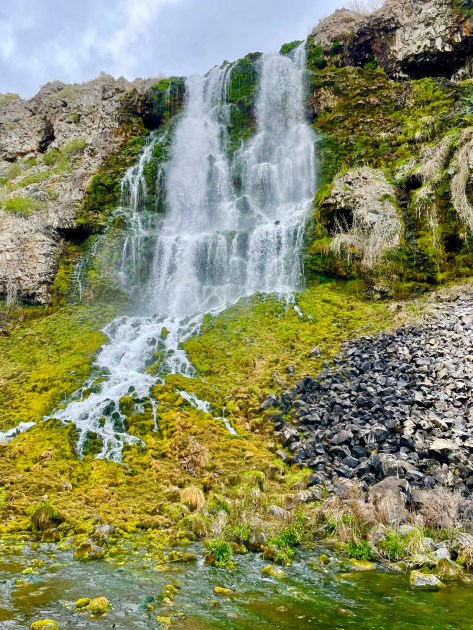
By this time George is ready, so I motion him down. He casts a caddis fly, and soon his fly disappears. It’s a great start to the day at the Earl M. Hardy Box Canyon Nature Preserve, now part of the Thousand Springs State Park Complex in southern Idaho.
We leisurely fish through the morning, stopping to enjoy bald eagles overhead or a yellow-bellied marmot scampering around the canyon’s rocks. We catch fish at nearly every pool, all small, but all willing to smash a fly on the surface.
As we sit on a big boulder, taking a lunch break, George looks around at this beautiful canyon, and says, “It’s lucky this place is so rugged, so it couldn’t be developed.”
There is a real sense of isolation and wildness in Box Canyon. But at one point, it was going to be developed, much of this water diverted for an aquaculture operation.
The Thousand Springs region of Idaho has been heavily impacted by agriculture and other water uses. But gems remain, testaments to conservation action. With species found nowhere else on earth, and ample outdoor recreational opportunities, they’re a great place for naturalists to explore.
Here’s an introduction to this area, with a focus on two special areas that are a legacy of Nature Conservancy land and water protection efforts.
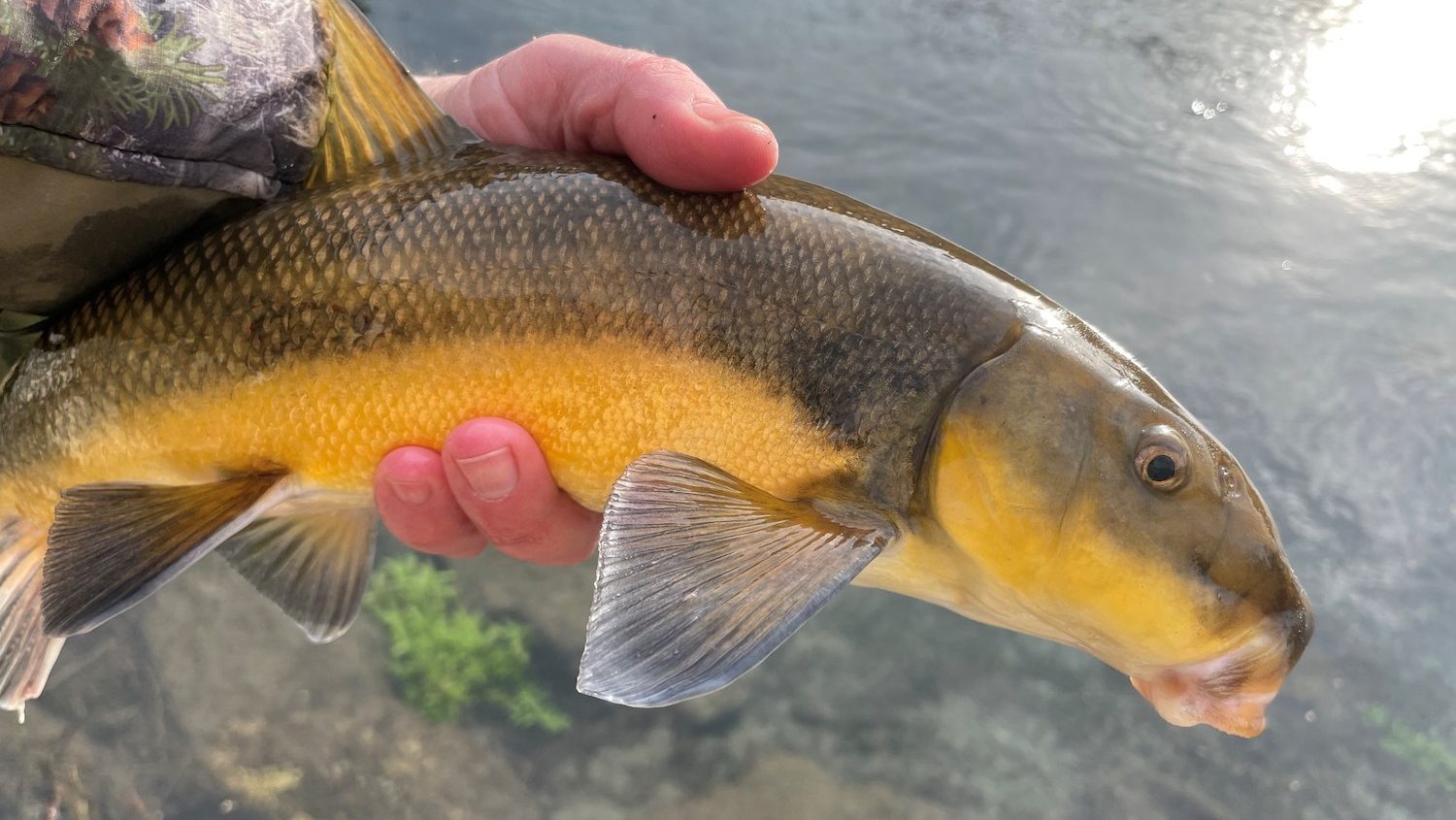
Thousand Springs
As the name implies, the Thousand Springs region is known for its crystal clear spring that can be seen gushing out of canyon walls, flowing into the Snake River.
This water originates more than 100 miles to the north, where several rivers flow out of the Rocky Mountains into the extensive lava fields of Craters of the Moon National Monument.
The rivers sink into the porous lava, and they flow underground until they hit the canyon. Other rives and creeks east of the monument also infiltrate into the groundwater, helping create one of the country’s largest aquifer systems. The watery journey can take anywhere from 12-200 years before it emerges purified, clear and cold. But land uses over the aquifer appear to influence its volume and quality.
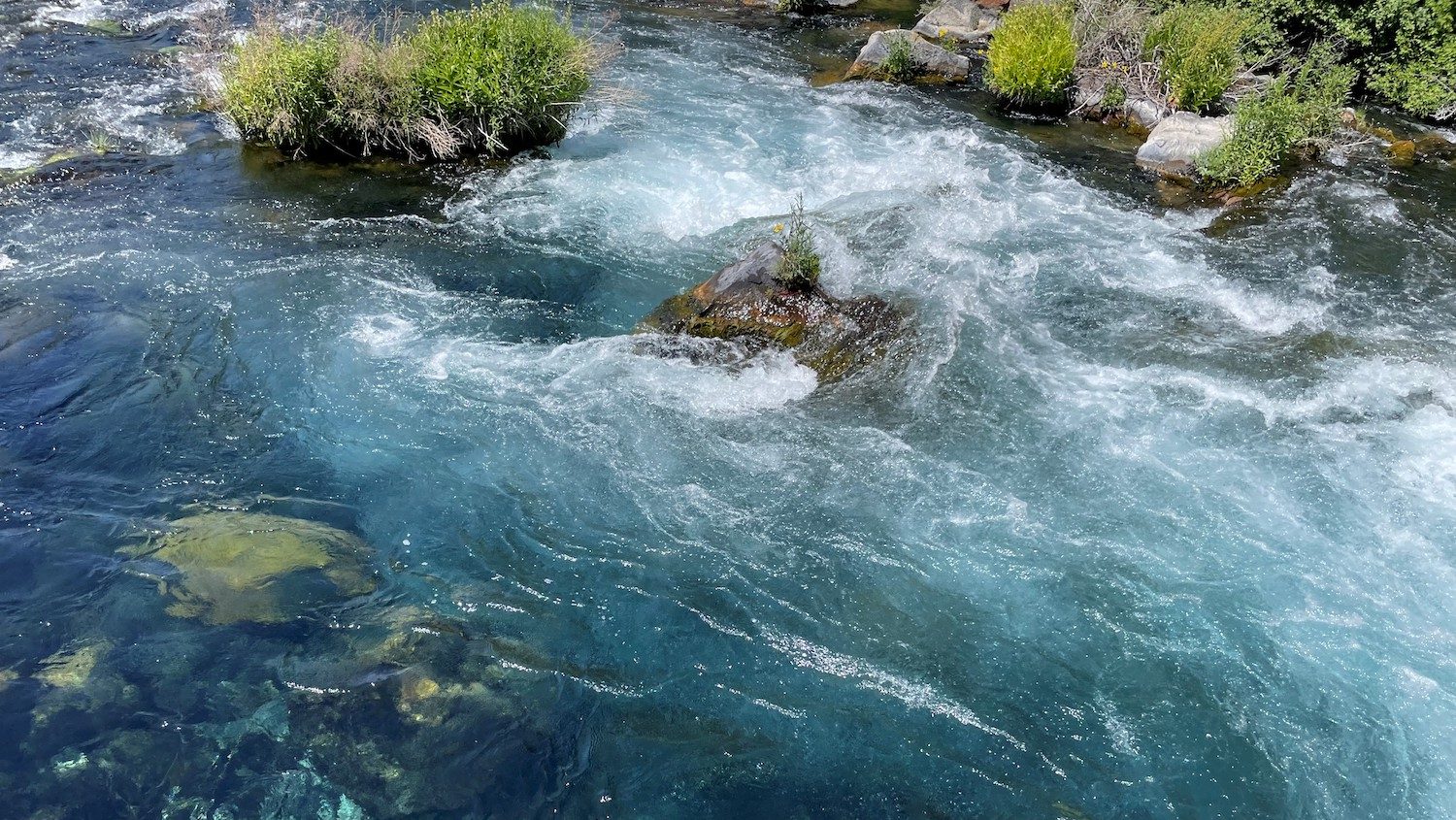
Historically, it must have been one of the wonders of the West, with thousands of springs cascading from the canyon. The area is still known as Thousand Springs. But all that clear water in the desert couldn’t go unnoticed.
As Idaho was settled, both the federal government and farmers worked to “make the desert bloom.” That involved dams and irrigation, of course, but it also involved tapping those springs. The Magic Valley became the largest center of trout aquaculture in the country, with acres of fish pools being fed the clear water. There are also numerous confined dairy operations in the area. An initial drive through the Magic Valley is one of industrial agriculture.
My visits to this area are always tinged for sadness for what has been lost. But if you look, you can still find wonder and beauty here.
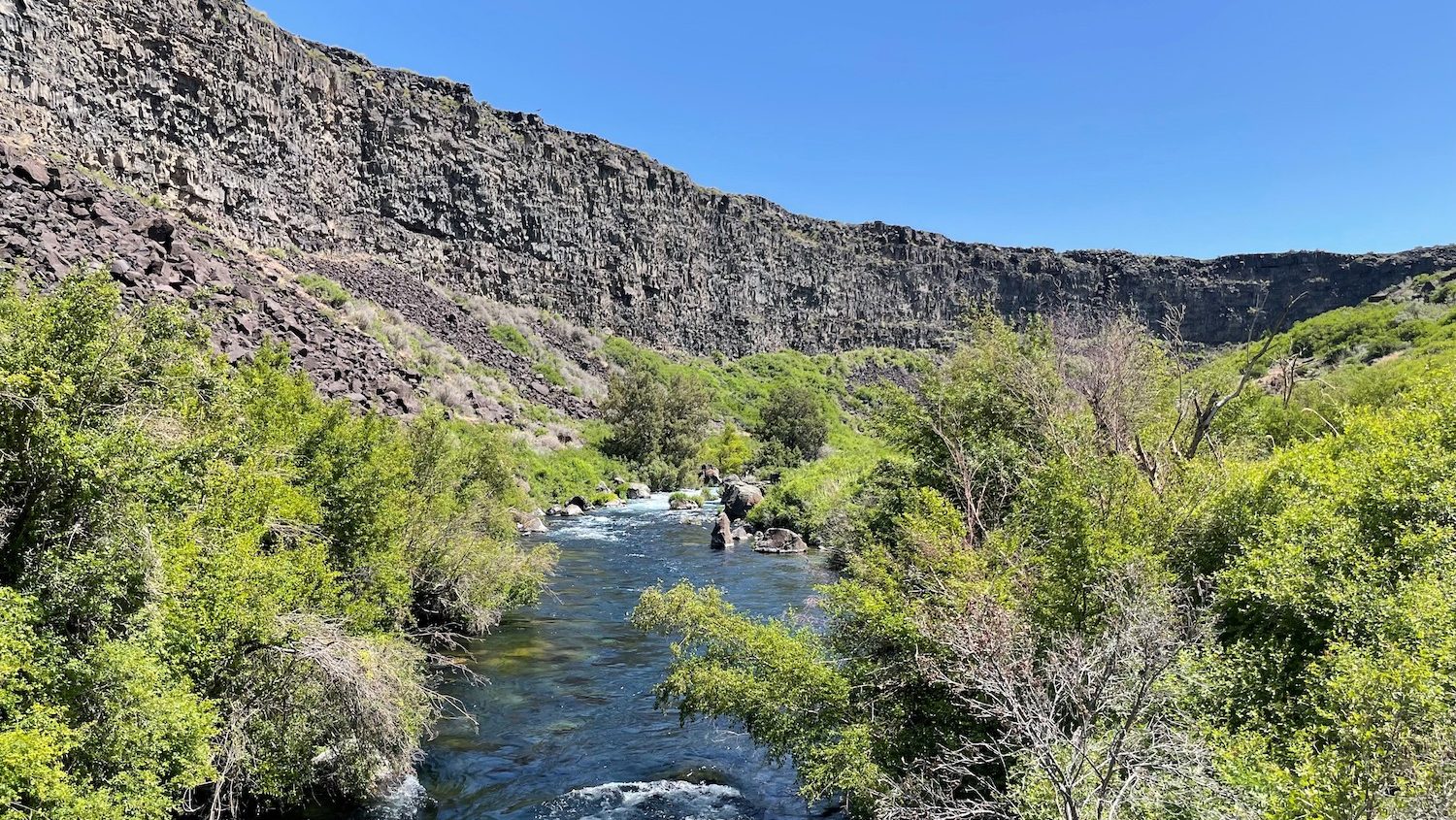
Box Canyon
Box Canyon is my favorite place in this region, and not just because it’s a great place for small-stream trout fishing. Here, you get a real sense of the area’s unique geology and hydrology.
The spring at the base of the canyon flows at 180,000 gallons a minute, making it the 11th largest spring in the United States. The water flowing here is aqua-blue and crystal clear, more like what you would expect at a tropical coral reef than a freshwater river.
At one point, this special place faced a precarious future.
About 300 acres of land in the canyon was privately owned, and the owner had a water right to develop a fish farm by diverting a huge percentage of water out of Box Canyon. The Nature Conservancy purchased the property and associated water rights with the help of the State of Idaho. The Conservancy held the property for a few years while funding was lined up for the Idaho Department of Parks and Recreation to take full ownership and manage the site as a state park.
Today, the state park has a scenic overlook that gives a great view into the spring. You can also take a trail that goes through the canyon and past the main waterfall.
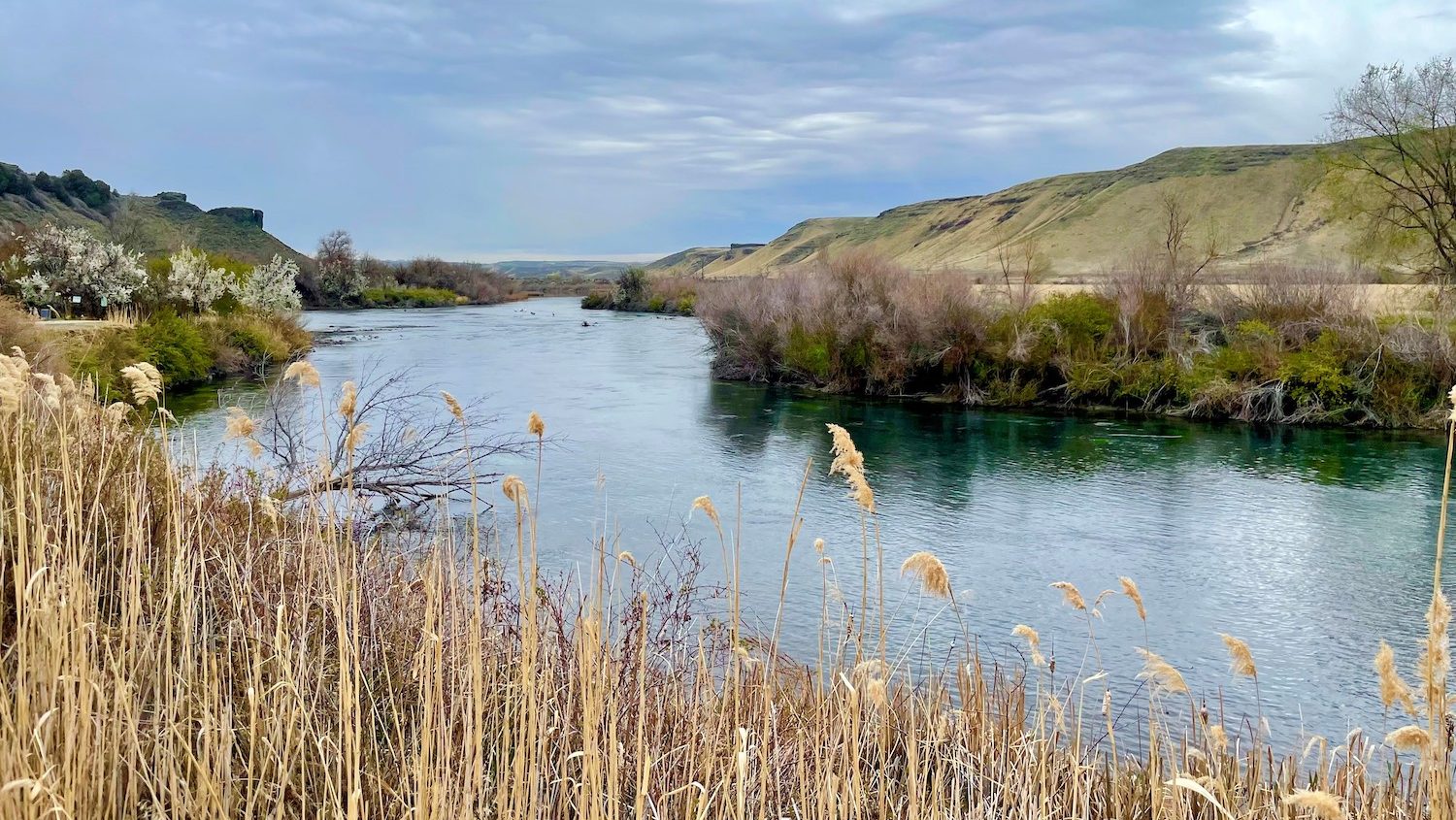
Ritter Island
Another great place to experience the region is Ritter Island, an island on the Snake River that gives views of springs bursting from canyon walls. meetings held on the island.
The island was purchased by Minnie Miller, a businesswoman and big game hunter, in 1918. She developed a demonstration farm known for its innovative dairy practices and purebred Guernsey cattle. The farm was featured in popular magazines of the day.
In 1954, the farm was sold to Federal Judge Willis Ritter, who used the island as a private hunting and fishing retreat. The Ritter family owned the island for 32 years.
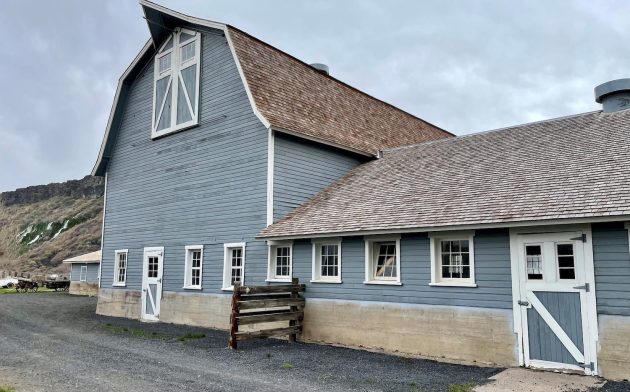
The Nature Conservancy acquired the property in 1986, and operated it as a preserve open to the public for the next 20 years. TNC recognized the property for its unique ecology and its importance to the local community.
The organization purchased the 385 acres, including Ritter Island, two miles of riverfront, and many springs and spring creeks along the canyon. It was transferred to the State of Idaho in 2006 to become a state park.
It’s a great place to visit for wildlife and history. It offers views of Minnie Miller Falls, one of the most intact spring complexes in the Snake River Canyon. You can still tour the historic farm including the barn and milking parlor (keep an eye out for the barn owl). You can also stay in the historic Rock House and cottages overnight.

Fishes
In addition to the scenic beauty, these springs are important to endemic wildlife. These cold springs are essentially “habitat islands” that provide a unique, isolated habitat. Think of them as Idaho’s version of the Galapagos.
One unique species is Shoshone sculpin, a small fish found only in certain springs of the region. With a big head and stocky body, I find the sculpin to be a cool-looking fish. They’re well-camouflaged and live under rocks, so you aren’t likely to see one.
But here’s a tip. If you’re staying on Ritter Island, shine a flashlight along the edges of the spring-fed stream. You can often see the sculpins, as they move into the shallows to hunt invertebrates at night.
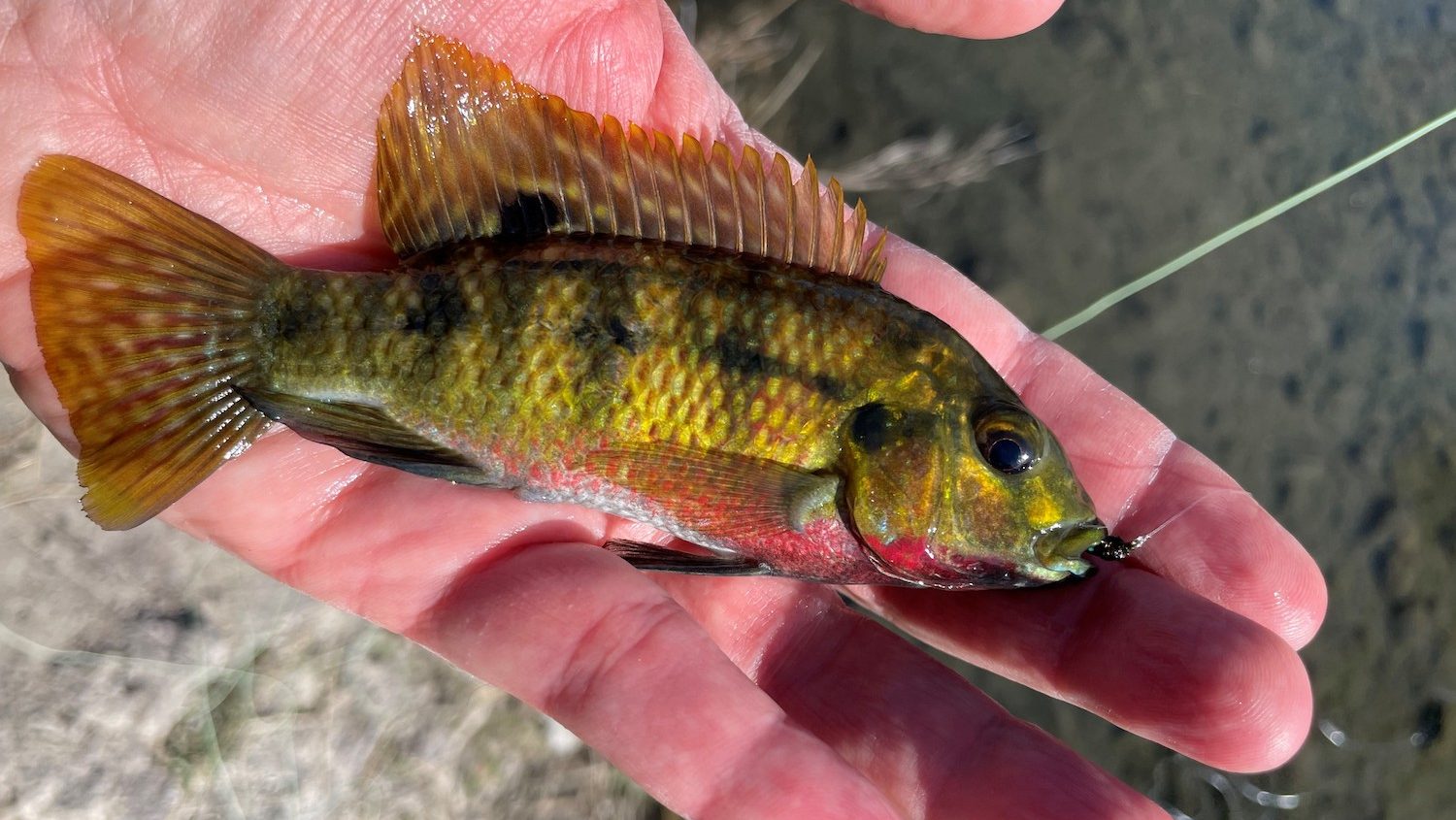
In spring, native largescale suckers move into the clear streams to spawn. You can observe these large fish jockeying for position, with multiple males often chasing females.
As with so many aspects of Thousand Springs, the fish fauna is a mix of the natural and the introduced. If you’re an angler, you could catch interesting native species like chiselmouth, peamouth and white sturgeon. You’re more likely to catch non-native smallmouth bass or hatchery rainbow trout. Due to various forms of aquaculture in the valley, I’ve caught some genuinely weird fish species, including tilapia and African cichlids.
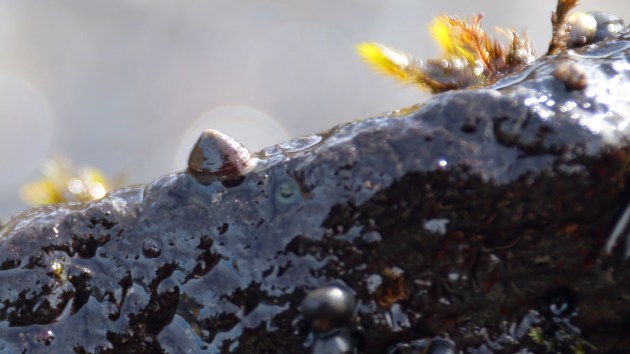
Invertebrates
Two small snail species, the Banbury Springs lanx and Bliss Rapids snail, are also found only in the region’s springs. The lanx is found in only four springs, and was first formally described in 1988. It was declared endangered before it was even given a formal scientific name.
Snails remain vulnerable to increasing water demands. Even a minor lowering of water levels could leave them high and dry. Unlike some species, the snails can’t easily move to new habitat. It’s just one of the reasons these protected springs are so important.
According to recent surveys, the springs are also a stronghold for a native crafish species, the Snake River pilose crayfish.
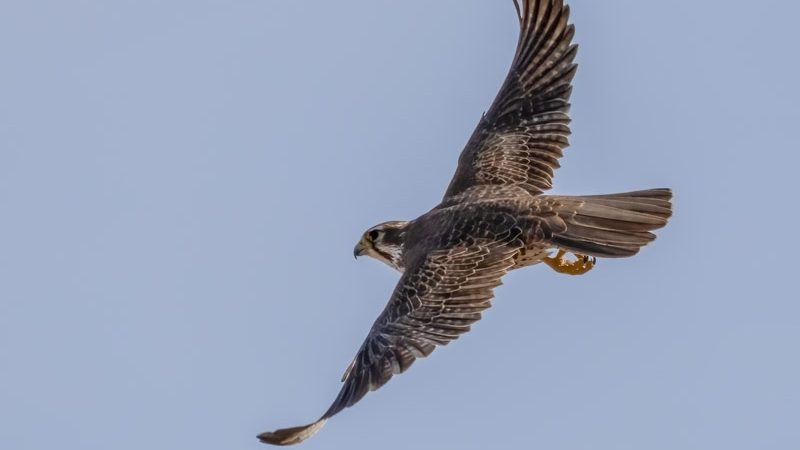
Birds
Bring your binoculars. The Snake River and surrounding wetlands draw large numbers of waterfowl, particularly during the spring and summer. White pelicans are a common sight, including from Ritter Island’s trails that run to the river.
The canyon walls are home to nesting raptors, including golden eagles and prairie falcons. You can watch the golden eagles hunting yellow-bellied marmots along the rocky cliffs. In the winter, Box Canyon is particularly good for spotting bald eagles, who congregate near open water to hunt fish.
Due to habitat diversity, you can see a diversity of species on a day’s birding. Look for Say’s phoebes and canyon wrens in the arid areas, and an array of migrating and resident songbirds in the riparian corridors.
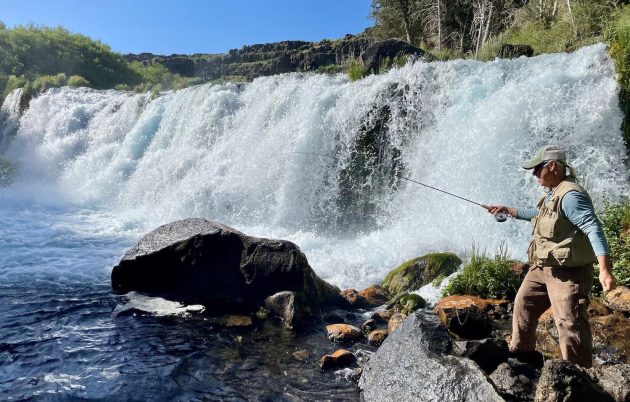
Visiting Thousand Springs
There are other parks, wildlife management areas and the Hagerman National Monument to explore in the area. The visitor center in the small town of Hagerman will get you oriented. Hagerman also has lodging and restaurants. There are a couple of commercial hot springs nearby to soak after a day’s hiking.
Check with the Idaho Department of Parks and Recreation’s web site for opening hours for Ritter Island and Box Canyon. A daily fee or parks season pass is required, but you can purchase that at self-serve stations in both parks.
Twenty-four years ago, when I began my TNC career, I spent a lot of hours communicating about these properties, giving talks on them and even helping run an arts festival that supported them. I recall many late nights driving home from community meetings. It’s satisfying to return now, with fly rod and binoculars, and just relax and enjoy.
In a heavily developed region, I can still find peace and quiet, clear waters, rising trout, golden eagles soaring overhead. It’s even better to see many others out enjoying these places, a legacy of decades of conservation.
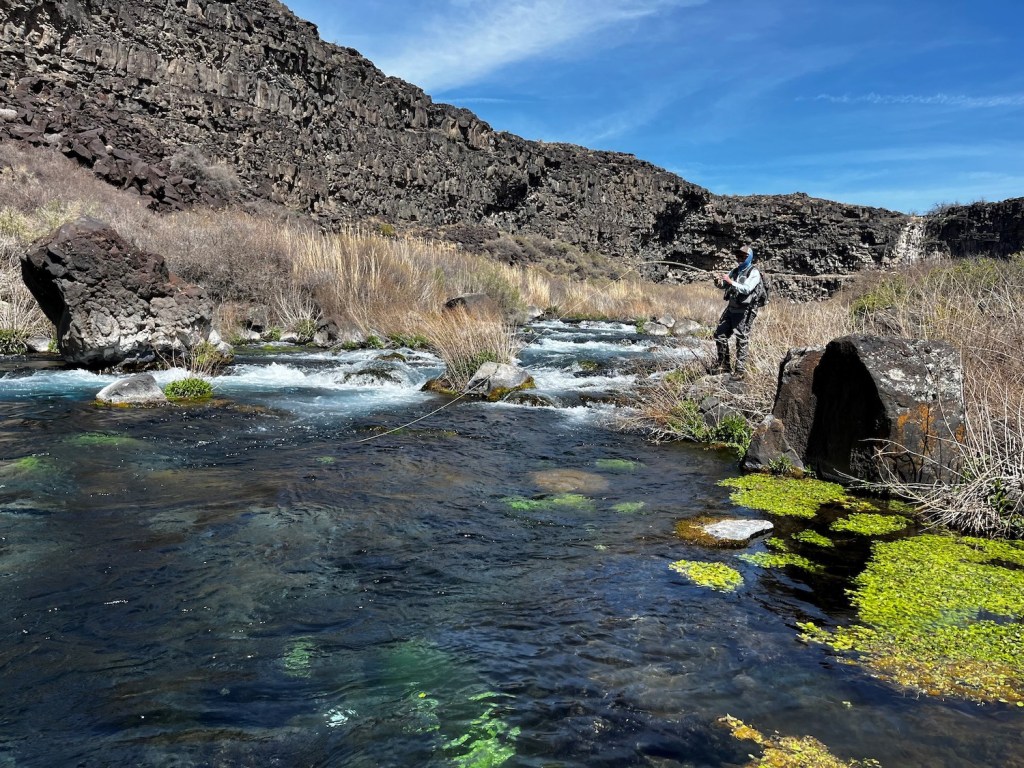



Join the Discussion